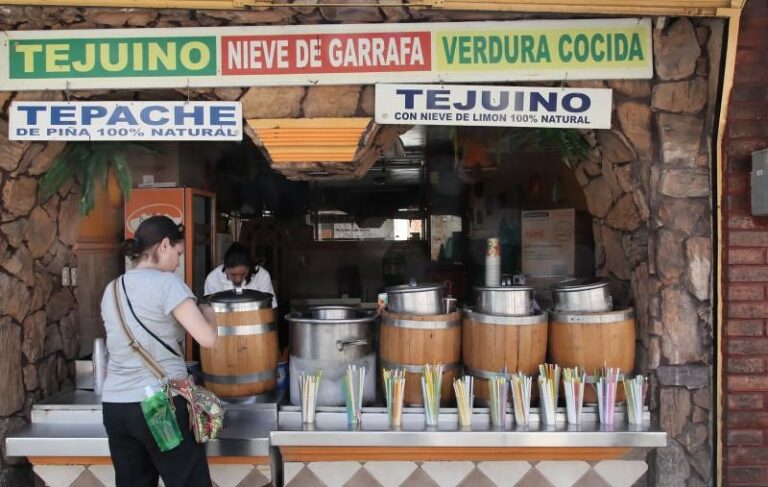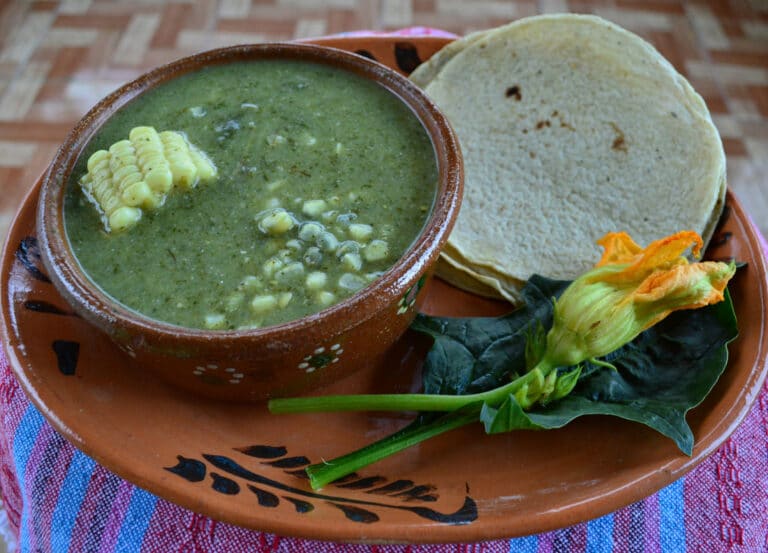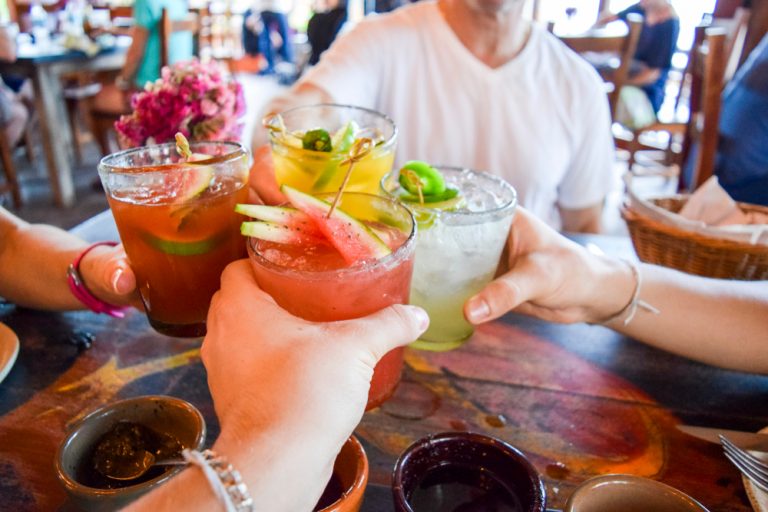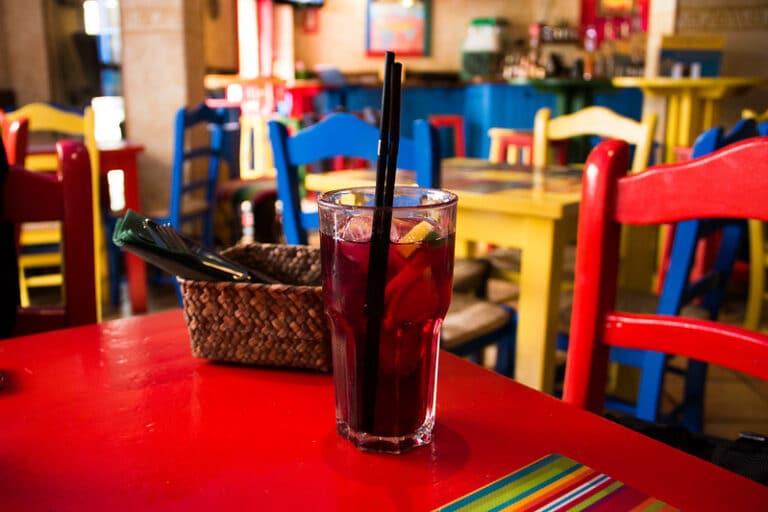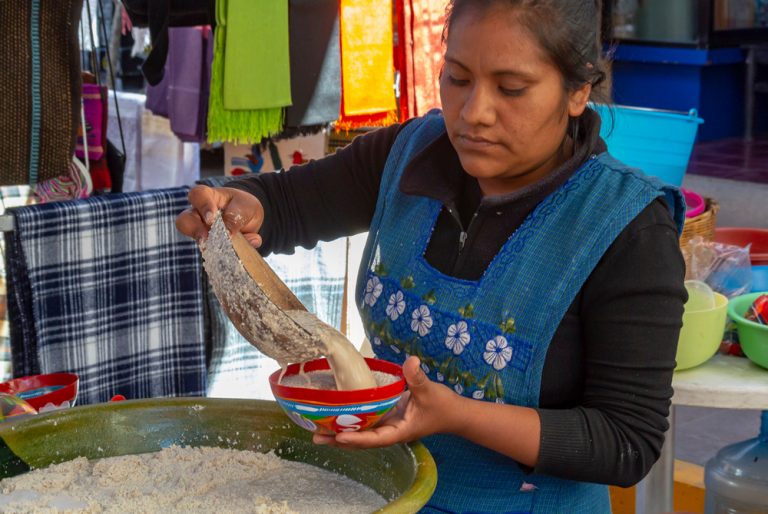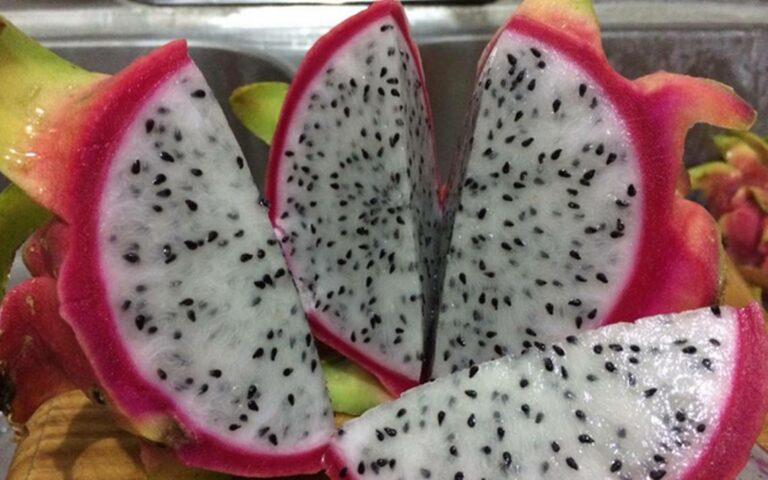Mueganos – Puebla’s Sweet Temptation: A Taste of Tradition
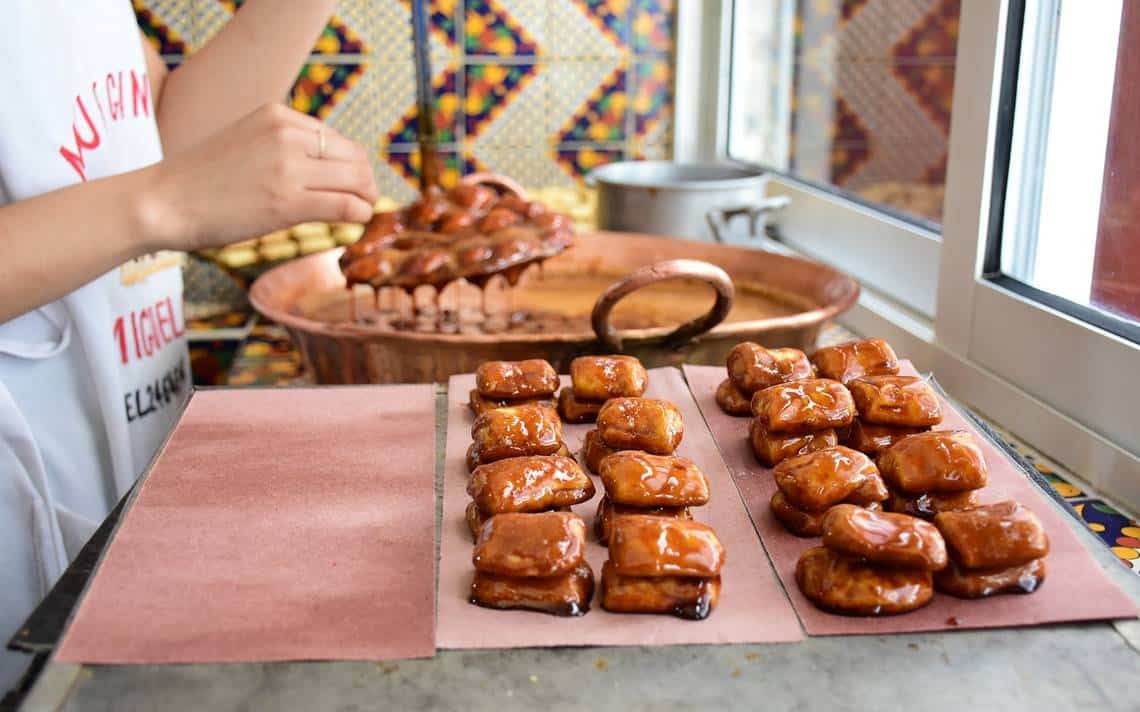
Mueganos is a typical “pastry candy” in central Mexico, around Puebla and Tlaxcala.
Although you have probably tasted or heard about them, do you know what they are made of?
In Mexico, there is an excellent variety of dishes and sweets, such as the “glorias” from the north side of the country.
However, there is another popular candy that some people believe originates in Puebla and others in Tlaxcala; I am talking about mueganos, a sweet that also gives rise to a Mexican phrase: “Together as mueganos.”
What is striking about this candy is that it is made up of small squares or disproportionate circles characterized by a brown color.
History of Mueganos
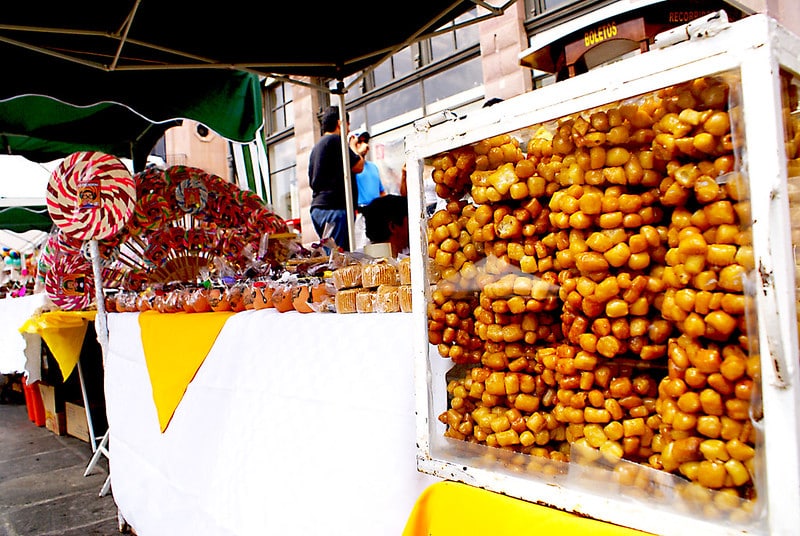
The origin of mueganos dates back to 1905. It is believed that these sweets emerged in Tehuacan Puebla and that the confectioner Flora Álvarez was the one who created them.
However, they differed from how we know them today since they were glued to a wafer.
On the other hand, other people claim that mueganos originated in Huamantla Tlaxcala, thanks to Aurelio Martínez, who created these sweets in 1938.
Currently, mueganos are Cultural and Gastronomic Heritage of the state of Tlaxcala.
Although unknown who created them and where they come from, no one can deny they are delicious.
What are Mueganos made of?
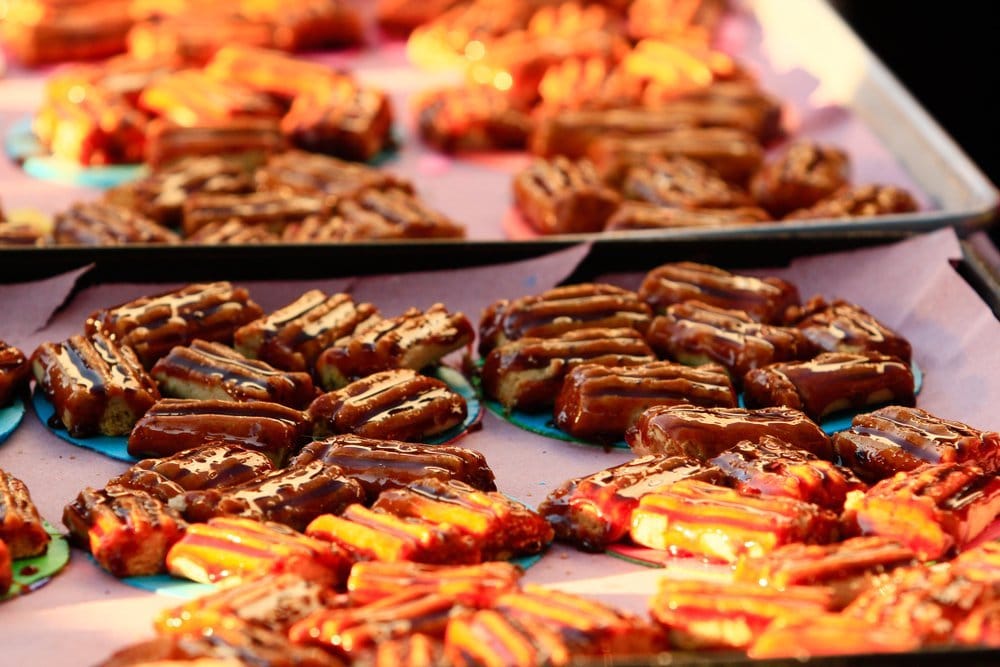
Mueganos are made of little flour squares, put into boiling oil to make them puffy and crunchy, then pressed together.
The honey used for this recipe is piloncillo, sugar, cinnamon, and water. All this is mixed until a somewhat sticky substance of brown color is obtained.
Afterward, the squares are joined with the honey; some mueganos can measure up to 10 centimeters in diameter.
Mueganos recipe
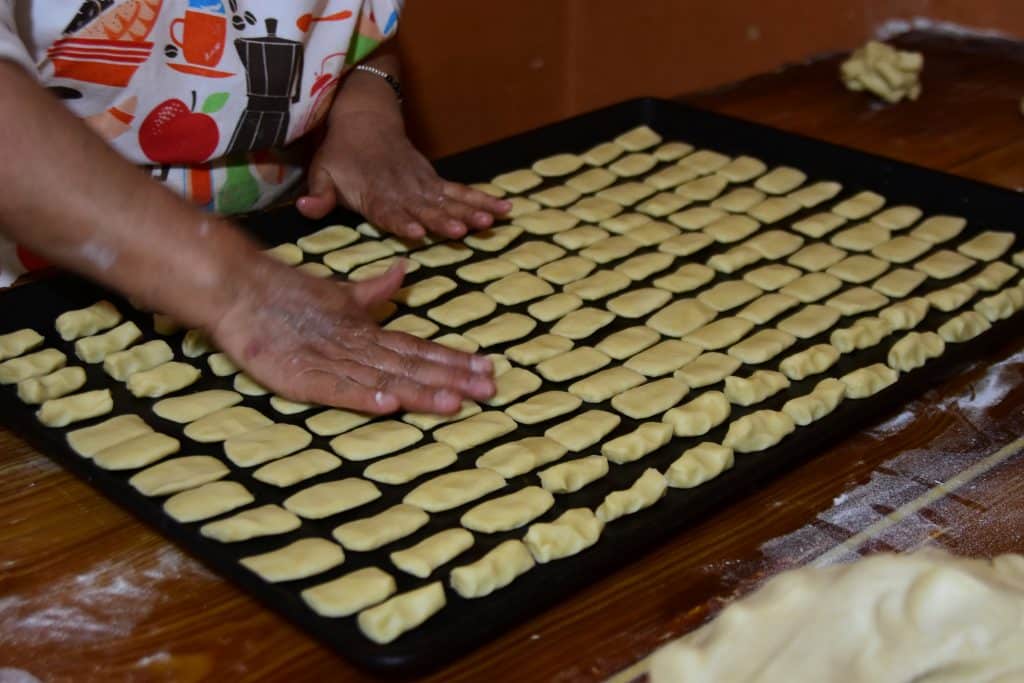
Again, mueganos are a highly traditional candy in Puebla and Tlaxcala.
Although nowadays they can be found at any time of the year, traditionally, their sale began during the Christmas holidays until Easter.
Their consumption was prevalent, and they were sold from the most elegant cafés to street stalls.
During the 19th century, muegano sellers had hilarious and witty advertisements, and no one could remain serious when biting into one of these delicacies.
Fortunately, making them at home is easier than it seems; this is the most popular recipe today. Enjoy!
There’s a vegan version. See the video below.
Ingredients (10 servings):
- 1/2 small cone (50 grams) of piloncillo
- 1 cup of water
- 4 cups (500 gms) flour
- 2 teaspoons baking powder
- 1 teaspoon salt
- 1 egg
- Enough vegetable oil
Process:
- Chop the piloncillo and boil it with half the water until it thickens. Cool. Mix the flour, baking powder, and salt separately in a bowl.
- Place the egg and the piloncillo in the center. Add the remaining water, knead until the dough is smooth, and let it rest for 40 minutes.
- After this time, roll out the dough until it is very thin and cut small squares or diamond shapes.
- Heat the oil to 200 degrees until a little of the dough bubbles abundantly, and fry the pasta squares until golden brown.
- Dry on absorbent paper.
- Let the fried dough dry for a few hours to make it crispier.
- To assemble, boil the piloncillo with water and cinnamon. When it thickens, remove the cinnamon and boil until a drop in cold water makes it firm.
- Carefully stick the mueganos with the honey.
Another delicious way to prepare this recipe is to serve the fried squares in a bowl and dip them in a light piloncillo honey similar to fritters.
7 Quick facts
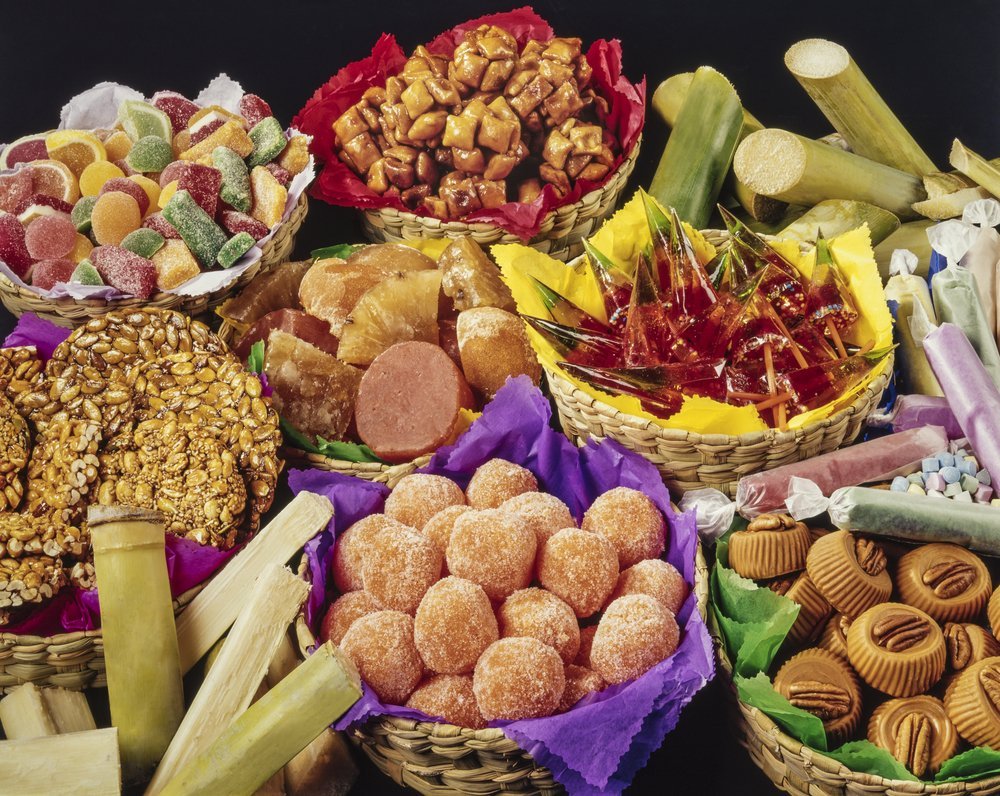
- The word muegano refers to the popular Mexican phrase: walk like mueganos. This is explained by sociologist Fernando Escalante, who proposes the Theory of Muegano where he makes an analogy and says: the muegano is a form of socializing.
- The beginnings of the preparation of mueganos in Huamantla were in 1938, Mr. Aurelio Martínez Calva, along with a friend, were the ones who started in the preparation of these traditional desserts in Tlaxcala.
- These sticky sweets are prepared with a dough similar to that of the fritters. You can find several versions depending on the place where they are prepared; at first glance, the mueganos are glued flour balls covered with caramel.
- There is also another type made with corn dough mixed with cheese, baking powder, salt, and milk; with the dough, a ball of 2 cm in diameter is formed and pressed in the center to give it a shape similar to a donut, but without a hole; it is fried in lard and bathed with piloncillo honey.
- In Huamantla, the muegano season starts on Ash Wednesday and concludes until Easter, especially on Fridays, in what many call “Viernes de muéganos” where they prepare a series of cultural events with different activities of stained glass and illuminated lanterns.
- The traditional candy versions of Huamantla have crossed borders for many decades since they are the only mueganos of their kind and have exquisite flavor in the country.
- Different bakeries have sold their mueganos to tourists from all over the world who visit the municipality; in addition, bakeries have managed to send their sweets to places like the United States, Canada, and Brazil.
Mueganos: Final thoughts
As you’ve learned today, Mueganos stand as more than just a sweet treat; they embody the rich cultural heritage and culinary expertise of Mexico’s heartland.
Their delectable taste and intricate preparation reflect centuries of tradition passed down through generations.
As we indulge in these delightful pastries, let us not only savor their sweetness but also appreciate the craftsmanship and history behind them.
Mueganos serve as a reminder of the vibrant cultural tapestry that makes central Mexico a culinary destination worth exploring, ensuring that this sweet temptation remains a cherished tradition for years to come.

